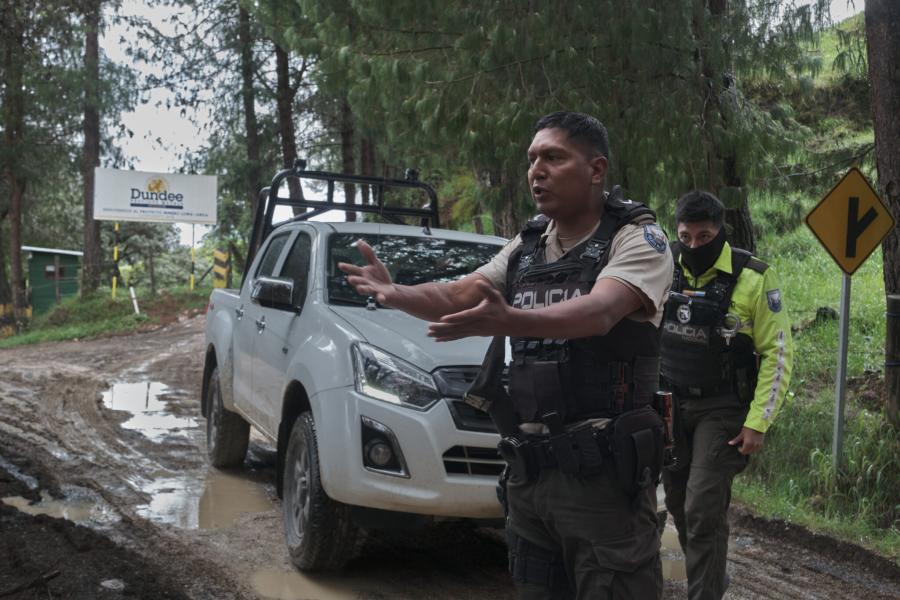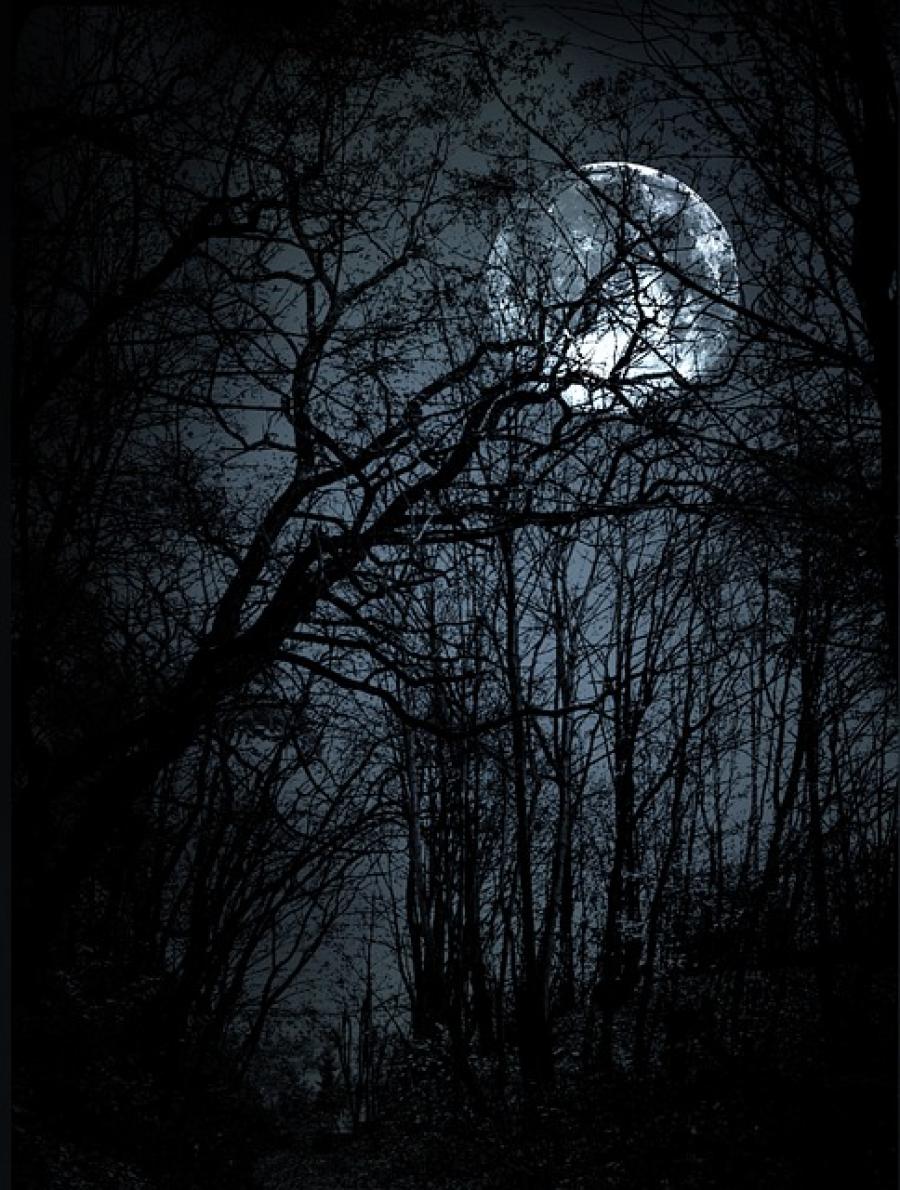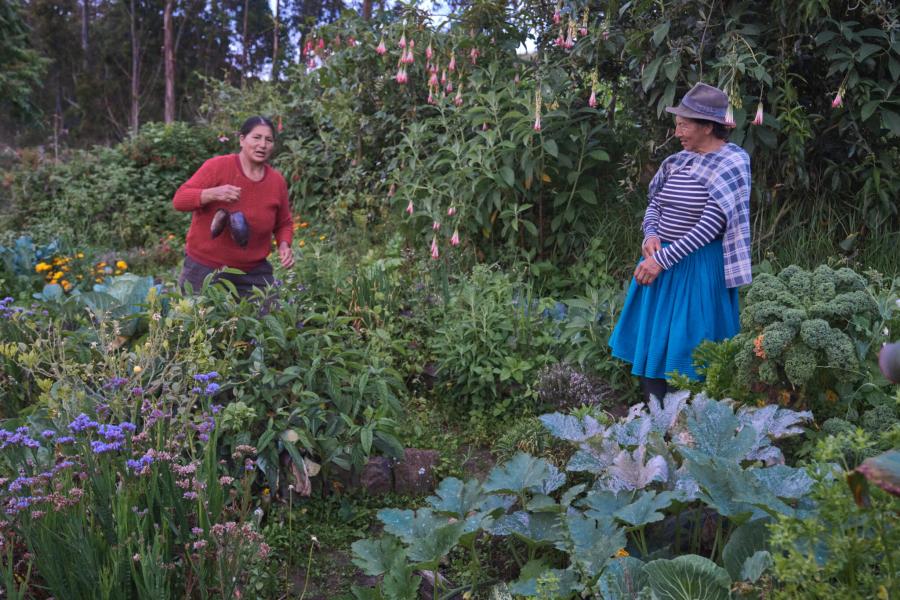An official in the National Security Investigation section of the Royal Canadian Mounted Police visited me at my office at the University of Lethbridge less than a month before the Americana Indigenismo forum during the People's Summit in Québec City. Sergeant Grant Cramer had traveled to Lethbridge in Southern Alberta to interrogate me on my organizing work for the upcoming conference.
Why did Canada's national security agency choose to intervene so overtly in an effort to bring together in Québec City a diverse, intercultural, and multilingual assembly interested in the connections between indigenous peoples and the envisaged Free Tade Area of the Americas (FTAA)? In my view, the decision betrayed a high level of discomfort with aboriginal issues on the part of the concurrent Summit of the Americas' organizers. It was as if the police were sent into action with the hope of undermining -- with intimidation -- an event meant to question the ongoing saga of globalization. The prospect of redrawing the geopolitical map of the Americas yet one more time -- again without input from indigenous peoples -- was surely no more legitimate in 2001 than when the Pope simply "donated" the Americas to Spain and Portugal in 1493.
The efforts on the part of the Summit's organizers to muffle or silence critical commentaries on the FTAA or to discourage outright protest against it were not entirely unsuccessful. The early planning of Americana Indigenismo was initiated in conjunction with several citizens of the Huron First Nation, whose reserve lies within the larger metropolitan area of Québec City. The police intervention apparently had its origins in official displeasure about an alternative summit on an urban Indian reserve close to the restricted Summit of the Americas. The high level of government sword-rattling in the lead-up to the Summit of the Americas was an important factor in the decision to move Americana Indigenismo from the Huron reserve to the more predictable and officially sanctioned venue of the People's Summit.
The police interventions became even more draconian during the event itself. The infamous Wall of Shame put up around the internal core of Québec City symbolized the distance between the rhetoric of free trade and the exclusivist and elitist principles underlying the quest to move power over the economy away from the people.
As this polarization proceeds, there is a growing understanding that indigenous peoples' experience with globalization since 1492 exemplifies the inequities advanced by deals like the FTAA. Among the most compelling witnesses of this process have been the Zapatistas in Mexico, who continued to build and mobilize a mass movement through their very important manifesto delivered at Americana Indigenismo.
My colleague Mike Little Mustache, a delegate of the North Peigan Nation who spoke at Americana Indigenismo, told me of a chance encounter with Pierre George in the moments before the power of peoples was demonstrated in bringing down the Wall of Shame. Pierre is brother to Dudley George, the Anishinabe martyr of Ipperwash who was killed in 1995 by the Ontario Provincial Police during a peaceful protest involving contested jurisdiction over a burial ground where his ancestors lie. The Canadian government's failure to conduct a public inquiry into the circumstances behind that killing was condemned in 1999 by the Human Rights Commission of the United Nations. Pierre George said, "This is for Dudley," then moved toward the fence and joined the many others intent on removing a section of the Wall.
Article copyright Cultural Survival, Inc.



